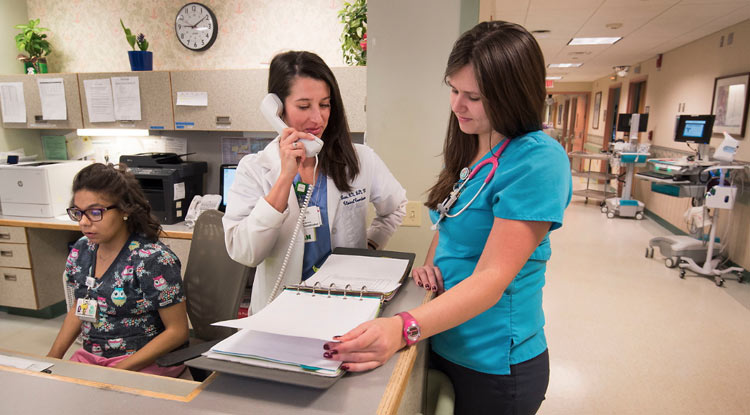What to Expect During Your First Physiotherapy Session in Ryde
Every year, thousands of Australians have their ability to move impeded by injury, pain, and disability. If you are one of them, and these issues have persisted for a long time or are getting in the way of your daily life, then your doctor should have referred you to a physiotherapist. This can be daunting if it’s your first time.
Fortunately, physiotherapists in the Sydney suburb of Ryde are pros who will be able to restore as much of your movement as possible. This guide will take you through everything that is likely to happen on your first visit to them.
What to wear to your physiotherapy session
The first contact you have with your expert physiotherapist in Ryde will likely be when you make an appointment with them. At this stage, they usually ask you to wear something comfortable and loose-fitting so that you will be able to move around easily.
Shorts and T-shirts are often best, as the physiotherapist may want to see the injured area of your body. You can always get changed there if you do not wish to wear these things on the way. You should also wear sturdy and supportive shoes, such as athletic shoes.
Things to bring to your first session
Generally, you don’t need to bring anything. If you have been referred to the clinic by your doctor, they should have already sent over any relevant materials the physio might need. However, it may be helpful to bring any scans, x-rays, or reports by medical professionals which relate to your issue.
What will happen at the first appointment
A typical first appointment is broken up into four stages.
1. Initial conversation
The physio will ask you questions to learn about the history of your issue, such as what symptoms you have and when they appeared. Try to give them as much detail as possible.
2. Physical assessment
Your physio will instruct you to perform a series of movements which test your mobility, balance, and flexibility so that they can get a better idea of the extent of your injuries. They are also on the lookout for issues you might not have noticed, so do not worry if they ask you to do things that seem unrelated to your problem.
3. Diagnosis
The conversation and assessment are usually enough for your physio to diagnose your problem accurately. They will then explain this to you. Occasionally they might refer for further tests, such as x-rays or scans.
4. Treatment plan
Once your issue has been diagnosed, the physio will talk you through the treatment that they recommend and the outcomes you can expect.
Do I have to attend in-person?
Today, many do offer telehealth consultations, but unless it is already very clear what your issue is, you will likely need to attend in-person so they can do a physical assessment.
Conclusion
Physiotherapists in Australia must be registered with the Physiotherapy Board of Australia, which helps ensure a high standard of care from whoever you see. But it is also useful to know what to expect from your first appointment in case anything is overlooked or makes you uncomfortable.







